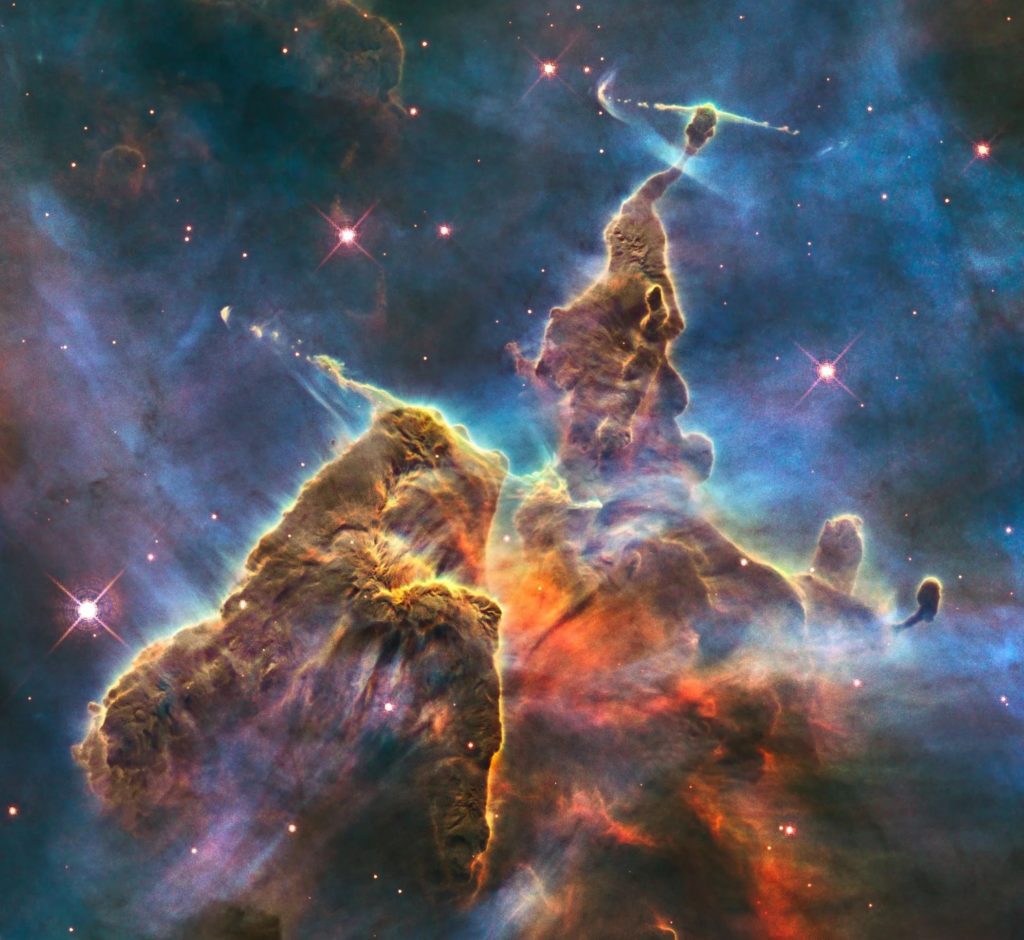1% of the Earth’s mass contains 100% of the universe’s known life.
| To call our planet one grain of sand on the beach that is the universe would be to vastly overstate our size. Yet however infinitesimal in the unfathomably grand scheme of things, Earth is home to all known life in the universe — and all of that life has been found in just 1% of the planet’s mass. That tiny fraction refers to Earth’s crust, which is 25 miles deep and has been home to every life-form ever known. There is no evidence of intelligent life beyond our pale blue dot, although many scientists and civilians alike tend to believe (or at least hope) that it’s out there. Beneath the crust lies the planet’s mantle, which contains solid rocks, minerals, and areas of semi-solid magma. Even deeper, there’s the Earth’s core, which is extremely hot — parts are as hot as the surface of the sun — and mostly made of metal, which isn’t exactly conducive to nurturing life. Beyond our planet, astronomers have long sought to discover life on Mars, although Venus (often called Earth’s twin) is alsolooking promising when it comes to aliens, or at least alien microbes. Both Mars and Venus sit within our sun’s “habitable zone,” which is defined as the distance from a star that enables liquid water to exist on a planet’s surface, like our precious crust. The background temperature of space is the same everywhere.For all its unknowable vastness, there’s a good deal about the universe that we do know for certain. That knowledge includes the temperatureof the cosmic microwave background (essentially the background temperature of space), which is the same everywhere — 2.725 Kelvin, or an absolutely frosty -455° Fahrenheit. The reason it’s so cold (and consistent) has mostly to do with the fact that the universe consists mostly of, well, nothing. There aren’t a lot of molecules and atoms bumping into each other and generating heat, but neither is there any way for that empty space to lose what little warmth it has. |

